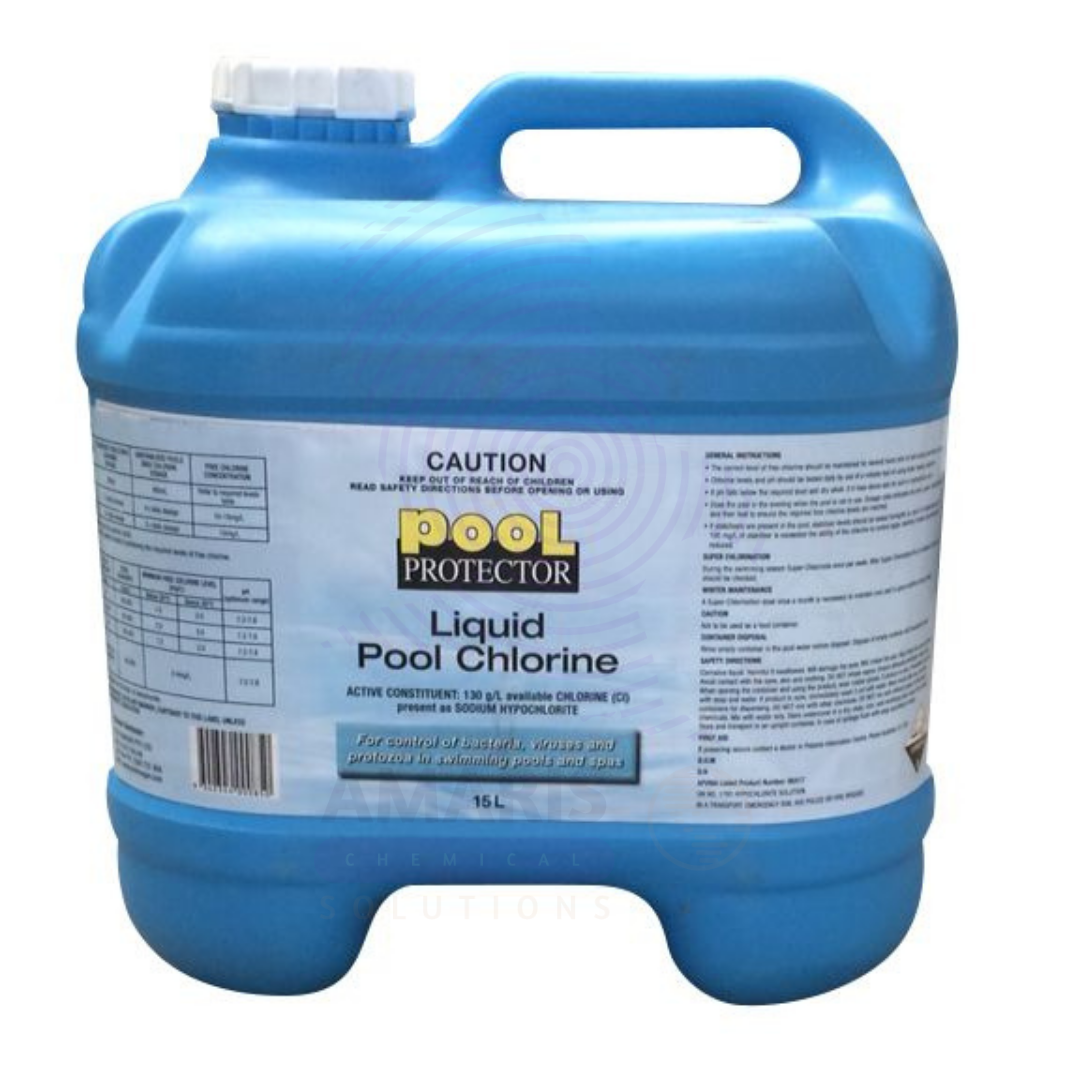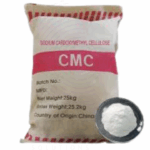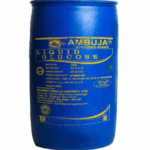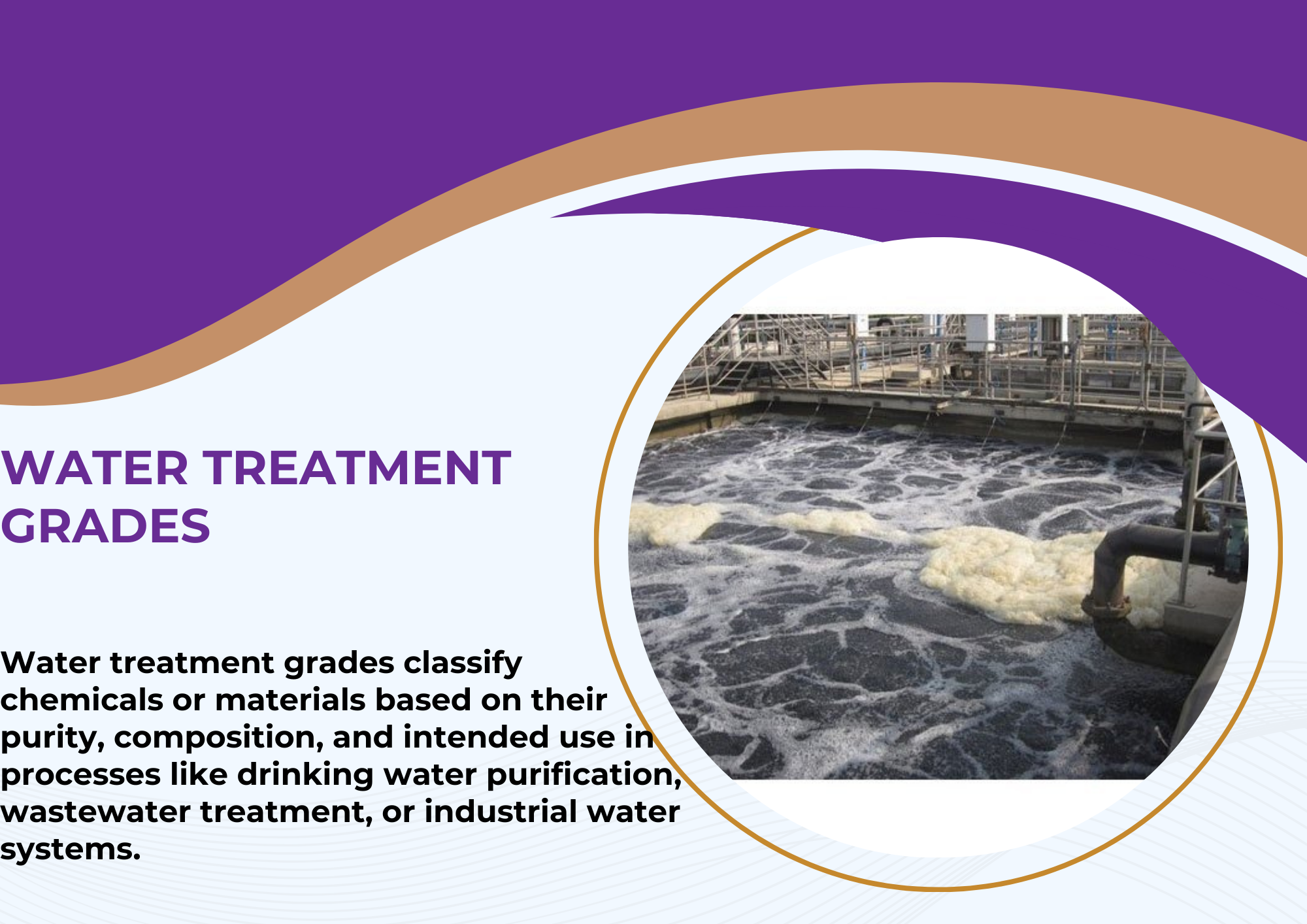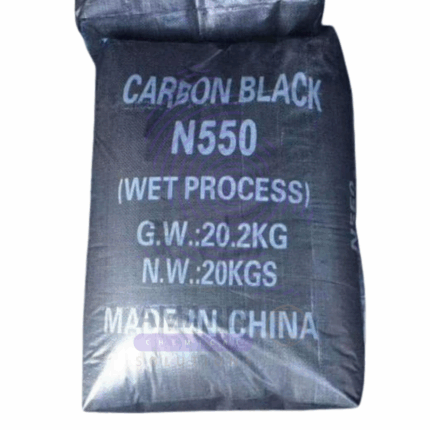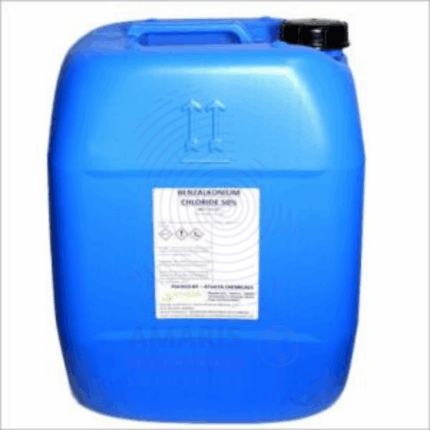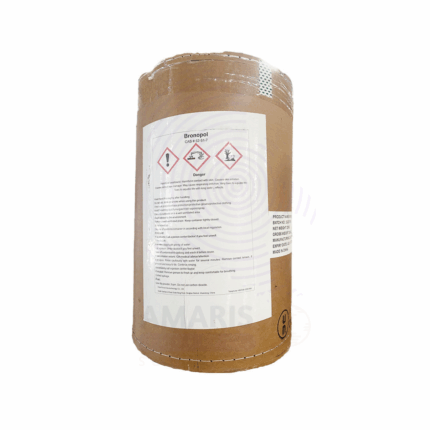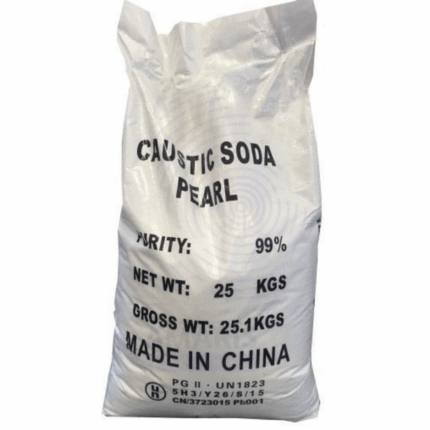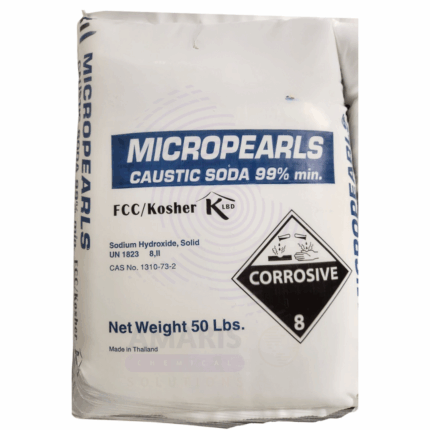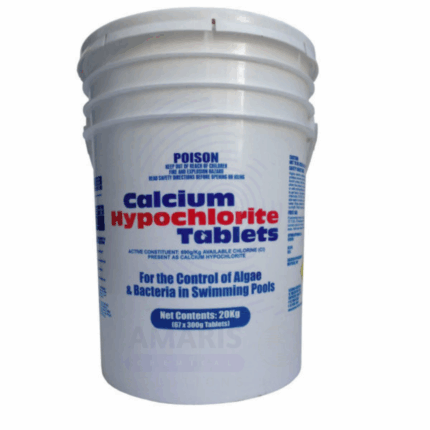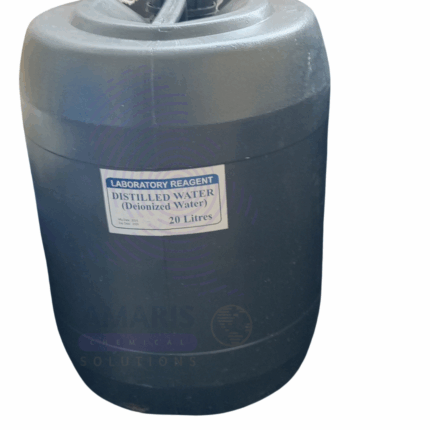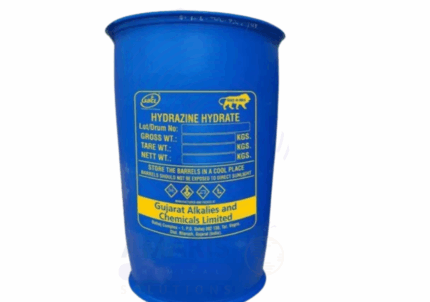Liquid Chlorine
$ 2.22 Original price was: $ 2.22.$ 2.11Current price is: $ 2.11.
Whatsapp Order
Liquid Chlorine is a pale yellow-green, highly reactive chemical primarily composed of chlorine dissolved in water or as liquefied chlorine gas under pressure. It is widely used as a powerful disinfectant, bleaching agent, and oxidizer in water treatment, sanitation, and various industrial applications. Due to its strong antimicrobial properties, liquid chlorine effectively controls bacteria, viruses, algae, and other microorganisms, ensuring safe potable water and hygienic conditions.
Description
Table of Contents
Toggle
Liquid Chlorine
Primary Uses
- Water Treatment and Disinfection
- Used extensively in municipal and industrial water treatment plants to disinfect drinking water and wastewater by eliminating pathogenic microorganisms.
- Applied in swimming pools and recreational water facilities to maintain hygienic, algae-free water conditions.
- Bleaching Agent
- Employed in the paper and pulp industry for bleaching wood pulp to produce white paper products.
- Used in textile manufacturing for bleaching fabrics and yarns to achieve desired whiteness and brightness.
- Industrial Oxidizer
- Acts as a strong oxidizing agent in chemical manufacturing processes such as the production of solvents, pesticides, and other chlorine-based chemicals.
- Sanitization and Sterilization
- Utilized in food processing plants and dairies to sanitize equipment and surfaces, ensuring compliance with hygiene standards.
- Used in cooling towers and industrial systems to control microbial growth and biofilm formation.
Secondary Uses
- Disinfection in Aquaculture
- Applied in fish farms and aquaculture facilities to reduce pathogenic microbial load and improve water quality.
- Odor Control
- Used to neutralize unpleasant odors in wastewater treatment and solid waste management operations.
- Chemical Intermediate
- Serves as a precursor or reagent in producing various chlorine-containing compounds and specialty chemicals.
- Agricultural Applications
- Occasionally used for disinfecting irrigation water and agricultural equipment to prevent disease spread.
Additional information
| PACK SIZE |
162kg |
|---|
KEY PRODUCT FEATURES
1. Basic Identification Attributes
- Chemical Name (IUPAC): Chlorine (aqueous solution or liquefied gas)
- Common/Trade Name: Liquid Chlorine; Chlorine Solution; Chlorine Gas (liquefied)
- CAS Number: 7782-50-5
- HS Code: 2801.20.00
- Synonyms: Chlorine liquid; Liquefied chlorine; Chlorine solution
2. Physical & Chemical Properties
- Physical State: Pale yellow-green liquid (under pressure) or aqueous solution
- Odor: Pungent, characteristic chlorine odor
- Boiling Point: -34.04 °C (for pure chlorine gas)
- Density: Approximately 1.2 g/cm³ (liquid chlorine)
- Solubility: Moderately soluble in water, forming hypochlorous acid and hydrochloric acid
- Reactivity: Highly reactive and corrosive, strong oxidizer
3. Safety & Hazard Attributes
- GHS Classification:
- Acute toxicity (Category 3)
- Skin corrosion/irritation (Category 1B)
- Serious eye damage/eye irritation (Category 1)
- Specific target organ toxicity (single exposure) – respiratory tract irritation (Category 3)
- Toxicity: Highly toxic by inhalation; corrosive to skin and eyes
- Exposure Limits:
- OSHA PEL: 1 ppm (8-hour TWA)
- ACGIH TLV: 0.5 ppm (8-hour TWA)
4. Storage & Handling Attributes
- Storage Conditions:
- Store in a cool, dry, well-ventilated area away from incompatible materials such as ammonia, organic compounds, and flammable substances
- Use corrosion-resistant containers and equipment designed for chlorine handling
- Container Type:
- Cylinders or tanks made of compatible materials (e.g., steel with appropriate lining)
- Shelf Life:
- Stable under recommended storage conditions; monitor regularly for leaks or corrosion
- Handling Precautions:
- Use in well-ventilated areas or with proper respiratory protection
- Avoid skin and eye contact; handle with appropriate PPE
5. Regulatory & Compliance Attributes
- Complies with OSHA, EPA, and international standards for chlorine use and storage
- Subject to hazardous material transportation and storage regulations
- Labeling must clearly indicate corrosive and toxic nature
6. Environmental & Health Impact
- Biodegradability: Not applicable (elemental chlorine decomposes rapidly)
- Ecotoxicity: Highly toxic to aquatic life; avoid environmental release
- Bioaccumulation: Not significant
- Carcinogenicity/Mutagenicity: Not classified as carcinogenic
SAFETY HANDLING PRECAUTIONS
Safety Handling Precautions
- PPE Required: Full protective clothing including chemical-resistant gloves, goggles or face shield, and respiratory protection when handling large volumes
- Handling Guidelines:
- Handle only with trained personnel
- Use containment systems to avoid accidental release
- Employ emergency eyewash and shower stations nearby
- Storage Measures:
- Segregate from incompatible substances
- Ensure secure storage to prevent leaks or accidental exposure
First Aid Measures
- Inhalation: Move to fresh air immediately; administer oxygen or artificial respiration if needed; seek urgent medical attention
- Skin Contact: Remove contaminated clothing; wash skin thoroughly with water; seek medical advice for burns or irritation
- Eye Contact: Rinse cautiously with water for at least 15 minutes; seek emergency medical treatment
- Ingestion: Do not induce vomiting; rinse mouth with water; seek immediate medical care
Firefighting Measures
- Fire Hazards: Non-flammable but supports combustion; reacts violently with many substances releasing toxic gases
- Extinguishing Media: Use water spray or fog to absorb chlorine gas and cool containers; do not use dry chemicals or foam alone
- Special Precautions: Firefighters must wear full protective gear and self-contained breathing apparatus
- Hazardous Combustion Products: Chlorine gas, hydrogen chloride, and other toxic fumes
Related products
Activated Carbon
Activated carbon is a highly porous, adsorptive material processed to have an exceptionally large surface area (typically 500-1500 m²/g) through thermal or chemical activation of carbon-rich source materials. This versatile adsorbent exists in powdered (PAC), granular (GAC), pelletized, and extruded forms, with pore structures specifically engineered for different applications ranging from water purification to gas treatment. Its extended surface area and complex pore network (micropores <2nm, mesopores 2-50nm, macropores >50nm) enable superior physical adsorption of contaminants through van der Waals forces, as well as chemical interactions with surface functional groups.
Benzyl Konium Chloride
Benzyl Konium Chloride (BAC) 50% is a quaternary ammonium compound with potent antimicrobial and disinfectant properties. It is a cationic surfactant widely used for its bactericidal, fungicidal, and virucidal effects. This clear to pale yellow liquid concentrate is highly soluble in water and is commonly used in healthcare, sanitation, and industrial hygiene applications. BAC 50% solutions serve as active ingredients in disinfectants, sanitizers, and antiseptics due to their effectiveness against a broad spectrum of microorganisms.
Bronopol
Bronopol (2-Bromo-2-nitropropane-1,3-diol) is a water-soluble, white crystalline powder or granules with a slight odor. It is a synthetic antimicrobial agent widely used as a preservative in personal care products, pharmaceuticals, cosmetics, and industrial applications. Bronopol exhibits broad-spectrum bactericidal and fungicidal activity, making it effective against a wide range of microorganisms. It works by releasing active formaldehyde slowly, which disrupts microbial metabolism and reproduction.
Caustic Soda Pearls
Caustic Soda Pearls are small, solid, spherical particles of sodium hydroxide (NaOH) produced by a controlled cooling and solidification process. These pearls offer superior flowability, uniform size distribution, and reduced dust generation compared to flake or powder forms. They are highly soluble in water, exhibiting a strong alkaline nature with vigorous exothermic dissolution. Caustic Soda Pearls are widely used across industries including chemical manufacturing, water treatment, pulp and paper processing, and detergents due to their purity, ease of handling, and efficient dissolution characteristics.
Chlorine Tablets
Chlorine Tablets are solid, compressed forms of chlorine-releasing compounds, typically composed of stabilized trichloroisocyanuric acid (TCCA) or sodium dichloroisocyanurate (SDIC). These tablets are used primarily for water disinfection and sanitation due to their controlled and sustained release of chlorine. They appear as white to off-white, hard tablets with a mild chlorine odor. Chlorine Tablets are widely used in swimming pools, drinking water treatment, wastewater treatment, and industrial sanitization processes. Their slow dissolution ensures prolonged antimicrobial activity, providing effective control against bacteria, viruses, algae, and other pathogens.
Distilled Water
Distilled Water is purified water that has been processed through distillation, a method involving evaporation and subsequent condensation to remove impurities, salts, minerals, and organic matter. This results in ultra-pure, clear, odorless, and tasteless water free of dissolved solids and contaminants. Distilled water is non-conductive, neutral in pH under ideal storage, and chemically stable. It is widely used across pharmaceutical, laboratory, medical, industrial, and consumer applications where high water purity is critical.
Hydrazine Food Grade
Hydrazine Food Grade is a high-purity form of hydrazine (N₂H₄), a highly reactive, colorless, and fuming liquid with a pungent ammonia-like odor. It is a powerful reducing agent and chemical intermediate widely used in industrial applications. The food-grade specification ensures purity and controlled impurity levels suitable for limited and specialized food industry uses, primarily as a processing aid or sterilizing agent. Hydrazine exhibits strong nucleophilic and reducing properties, enabling various chemical transformations and sterilization processes.
Lysol (Cresol BP)
Lysol (Cresol BP) is a concentrated solution of cresol, a phenolic compound derived from coal tar or petroleum. It is a potent disinfectant and antiseptic with strong antimicrobial properties. This product typically contains 50% cresol in water or solvent and is used extensively in industrial, healthcare, agricultural, and household settings for its broad-spectrum efficacy against bacteria, fungi, and viruses. It appears as a colorless to pale yellow liquid with a characteristic phenolic odor and is highly effective for sterilization, deodorization, and sanitation.


 Preservatives(food)
Preservatives(food) Flavor Enhancers
Flavor Enhancers Acidulants
Acidulants Sweeteners
Sweeteners Antioxidants
Antioxidants Colorants(food)
Colorants(food) Nutraceutical Ingredients (food)
Nutraceutical Ingredients (food) Nutrient Supplements
Nutrient Supplements Emulsifiers
Emulsifiers
 Collectors
Collectors Dust Suppressants
Dust Suppressants Explosives and Blasting Agents
Explosives and Blasting Agents Flocculants and Coagulants
Flocculants and Coagulants Frothers
Frothers Leaching Agents
Leaching Agents pH Modifiers
pH Modifiers Precious Metal Extraction Agents
Precious Metal Extraction Agents
 Antioxidants(plastic)
Antioxidants(plastic) Colorants (Pigments, Dyes)
Colorants (Pigments, Dyes) Fillers and Reinforcements
Fillers and Reinforcements Flame Retardants
Flame Retardants Monomers
Monomers Plasticizers
Plasticizers Polymerization Initiators
Polymerization Initiators Stabilizers (UV, Heat)
Stabilizers (UV, Heat)
 Antifoaming Agents
Antifoaming Agents Chelating Agents
Chelating Agents Coagulants and Flocculants
Coagulants and Flocculants Corrosion Inhibitors
Corrosion Inhibitors Disinfectants and Biocides
Disinfectants and Biocides Oxidizing Agents
Oxidizing Agents pH Adjusters
pH Adjusters Scale Inhibitors( water)
Scale Inhibitors( water)
 Antioxidants(cosmetic)
Antioxidants(cosmetic) Emollients
Emollients Fragrances and Essential Oils
Fragrances and Essential Oils Humectants
Humectants Preservatives
Preservatives Surfactants(cosmetic)
Surfactants(cosmetic) Thickeners
Thickeners UV Filters
UV Filters
 Fertilizers
Fertilizers Soil Conditioners
Soil Conditioners Plant Growth Regulators
Plant Growth Regulators Animal Feed Additives
Animal Feed Additives Biostimulants
Biostimulants Pesticides (Herbicides, Insecticides, Fungicides)
Pesticides (Herbicides, Insecticides, Fungicides)
 Active Pharmaceutical Ingredients (APIs)
Active Pharmaceutical Ingredients (APIs) Excipients
Excipients Solvents(pharmaceutical)
Solvents(pharmaceutical) Antibiotics
Antibiotics Antiseptics and Disinfectants
Antiseptics and Disinfectants Vaccine Adjuvants
Vaccine Adjuvants Nutraceutical Ingredients (pharmaceutical)
Nutraceutical Ingredients (pharmaceutical) Analgesics & Antipyretics
Analgesics & Antipyretics
 Analytical Reagents
Analytical Reagents Solvents(lab)
Solvents(lab) Chromatography Chemicals
Chromatography Chemicals Spectroscopy Reagents
Spectroscopy Reagents microbiology-and-cell-culture-reagents
microbiology-and-cell-culture-reagents Molecular Biology Reagents
Molecular Biology Reagents Biochemical Reagents
Biochemical Reagents Inorganic and Organic Standards
Inorganic and Organic Standards Laboratory Safety Chemicals
Laboratory Safety Chemicals Specialty Laboratory Chemicals(Special Laboratory Equipment)
Specialty Laboratory Chemicals(Special Laboratory Equipment)
 Demulsifiers
Demulsifiers Hydraulic Fracturing Fluids
Hydraulic Fracturing Fluids Scale Inhibitors(oil)
Scale Inhibitors(oil) Surfactants(oil)
Surfactants(oil) Drilling Fluids
Drilling Fluids
 Dyes and Pigments
Dyes and Pigments Bleaching Agents
Bleaching Agents Softening Agents
Softening Agents Finishing Agents
Finishing Agents Antistatic Agents
Antistatic Agents
 Admixtures
Admixtures Waterproofing Agents
Waterproofing Agents Sealants and Adhesives
Sealants and Adhesives Curing Compounds
Curing Compounds Concrete Repair Chemicals
Concrete Repair Chemicals Anti-Corrosion Coatings
Anti-Corrosion Coatings
 Surfactants(cleaning)
Surfactants(cleaning) Builders
Builders Enzymes
Enzymes Solvents (Cleaning)
Solvents (Cleaning) Fragrances
Fragrances
 Electronic Chemicals
Electronic Chemicals Catalysts
Catalysts Lubricants
Lubricants Photographic Chemicals
Photographic Chemicals Refrigerants
Refrigerants Automotive chemicals
Automotive chemicals Pyrotechnic Chemicals
Pyrotechnic Chemicals
 Biodegradable Surfactants
Biodegradable Surfactants Bio-based Solvents
Bio-based Solvents Renewable Polymers
Renewable Polymers Carbon Capture Chemicals
Carbon Capture Chemicals Wastewater Treatment Chemicals
Wastewater Treatment Chemicals
 Pigments
Pigments Solvents(paint)
Solvents(paint) Specialty Coatings
Specialty Coatings Binders/Resins
Binders/Resins Additives
Additives Driers
Driers Anti-Corrosion Agents
Anti-Corrosion Agents Functional Coatings
Functional Coatings Application-Specific Coatings
Application-Specific Coatings
 Fresh Herbs
Fresh Herbs Ground Spices
Ground Spices Whole Spices
Whole Spices Spice Blends
Spice Blends Dried Herbs
Dried Herbs
 Leavening Agents
Leavening Agents Dough Conditioners
Dough Conditioners Flour Treatments
Flour Treatments Fat Replacers
Fat Replacers Decoratives
Decoratives Preservatives(baking)
Preservatives(baking)
 Plasticizers & Softeners
Plasticizers & Softeners Reinforcing Agents
Reinforcing Agents Adhesion Promoters
Adhesion Promoters Vulcanizing Agents
Vulcanizing Agents Antidegradants
Antidegradants Blowing Agents
Blowing Agents Fillers & Extenders
Fillers & Extenders Accelerators & Retarders
Accelerators & Retarders